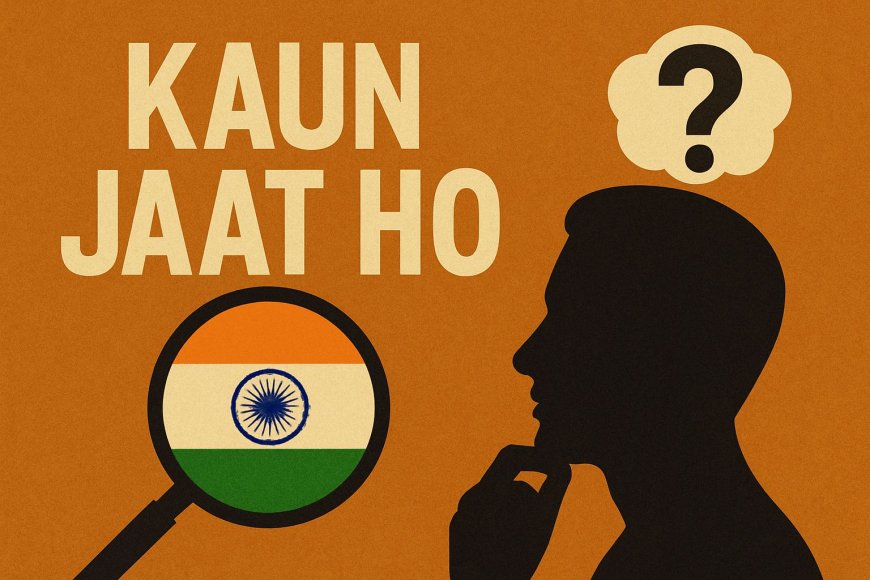कौन जात हो?”: India Prepares for a Historic Caste Census
India is preparing to conduct a caste census for the first time since independence, a move that could transform policy making, social equity, and political representation.

The rustle of a newspaper, the sizzle from a roadside chai stall, the laughter of children playing in a dusty alley — and in between, the familiar, loaded question: “कौन जात हो?” (What’s your caste?)
Once just a sharp line from Bollywood or a personal probe whispered in private, this question is now poised to become a matter of official record.
A Government Move With Deep Roots
Union Minister Ashwini Vaishnaw recently confirmed what could be a turning point in India’s social and political landscape: the upcoming census — slated for 2026 — will include caste enumeration for all citizens. This is the first such move since independence, and it comes after the Union Cabinet’s political committee gave its green signal.
But the decision is not just political; it’s constitutional. The Census is a Union subject, governed by Entry 69, List I of the Seventh Schedule of the Indian Constitution. Legally, only the Central Government can conduct such a nationwide survey. And until now, the Census Act of 1948 has only mandated data collection on Scheduled Castes and Scheduled Tribes, primarily to inform affirmative action policies.
A Historic First — After Nearly a Century
The last time caste was officially recorded in an Indian census was in 1931, under British colonial rule. That exercise identified 4,147 distinct castes.
Since then, India has undergone monumental changes — from a population of under 300 million to over 1.4 billion today, alongside drastic shifts in economy, technology, and social mobility. According to current estimates by sociologists, the number of castes and sub-castes today may lie anywhere between 5,000 to 20,000+.
How Will It Work?
The biggest unanswered question is methodology:
● Will caste be self-declared by individuals?
● Will it need documentation or verification?
● Will it involve ethnographic or cultural mapping?
This is no ordinary data point. Caste isn’t just a social identity — it’s also a deeply emotional and politically charged issue. The way it’s collected, interpreted, and used could either bridge divides or deepen them.
A Complex Reality
Across India, caste can be visible — and invisible. It’s encoded in surnames, rituals, dietary habits, language, and social behavior. In rural areas, it often dictates access to land, education, and status. In urban centers, it may lie beneath the surface — but it’s far from gone.
Why Now?
The call for a caste census isn’t new. Opposition parties have long advocated for it, pointing to underrepresentation, skewed welfare benefits, and the need for policy rooted in data. Ironically, when they held power, they never executed such a census themselves.
So what changed?
Some speculate that the move is driven by electoral calculations. Others see it as an attempt to address long-standing social justice demands. Either way, it’s a strategic and symbolic shift.
A Political and Social Tipping Point
Visualize Indian society as a grand hall, and caste — the elephant walking silently through it. With this census, the government has chosen to acknowledge that elephant. But whether they are taming it or releasing it into unpredictable terrain remains to be seen.
What’s at Stake?
This data could reshape reservation policies, welfare distribution, and political representation. It could empower marginalized communities by making their numbers and needs visible — but it also runs the risk of entrenching divisions if misused or misrepresented.
The Road Ahead: Unity or Fragmentation?
As India prepares for the 2026 census, the nation stands at a crossroad. The inclusion of caste data could redefine our understanding of equity, identity, and governance. But it will also test our collective ability to maintain unity in diversity — the very soul of the Indian republic.
So the next time someone asks, “कौन जात हो?” — remember, the answer may soon not just be personal, but a matter of national record.







